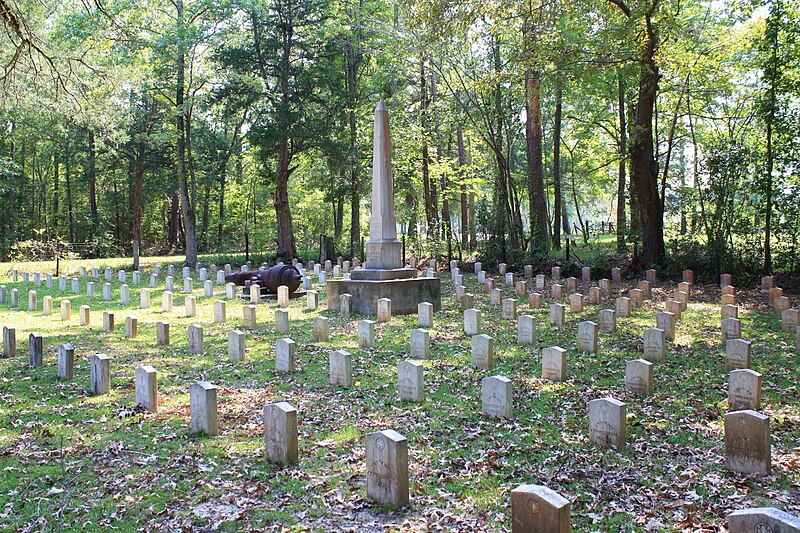 |
| Flag of the Confederacy (original version) |
As a Canadian, I have no feeling personally for the old Confederate battle flag. I would certainly never think to fly it. But this sudden drive to ban the flag of a long-defeated adversary seems both ungallant and cowardly. It is not as if a new separation of the South is a real and present danger. Nor, for that matter, a renewed slavery. Flying a flag harms no one. So there is no practical need for this. It is just bullying.
It seems significant too that the banner being taken down now across the US is not the colours of the Confederate States of America. It is as if a compromise has already been made here by Southerners. Nobody flies the Confederate flag, the stars and bars. The controversy is over the “battle flag,” a flag used only in the field of battle. It would seem, therefore, to aptly commemorate only the valour and sacrifice of those who died fighting, without obviously endorsing the policies of the government for which they fought. This seems utterly worthy of remembrance and honour; it would be despicable, surely, to deny them this. Seven hundred and fifty thousand young men died in that war, roughly half of them Confederates, from a very much smaller population than today. It remains, by far, the bloodiest war in American history. Should any nation suppress such a large part of its past?
.svg/800px-Confederate_National_Flag_since_Mar_4_1865_(Mobile_version).svg.png) |
| Flag of the Confederacy (final version) |
How many of those who died for the South really died, in their own minds, for the preservation of slavery? Probably few. Only one in four white southerners owned slaves. For most of them, beginning with Robert E. Lee, the cause was more primal: their state was their homeland. Their homeland had been invaded by alien armies from the North. They were defending their hearths, their families, and their homes. As a result, recruitment was far less a problem for the South than for the North.
 |
| Confederate cemetery near Shiloh. |

.svg/800px-Confederate_National_Flag_since_Mar_4_1865_(Mobile_version).svg.png)














No comments:
Post a Comment